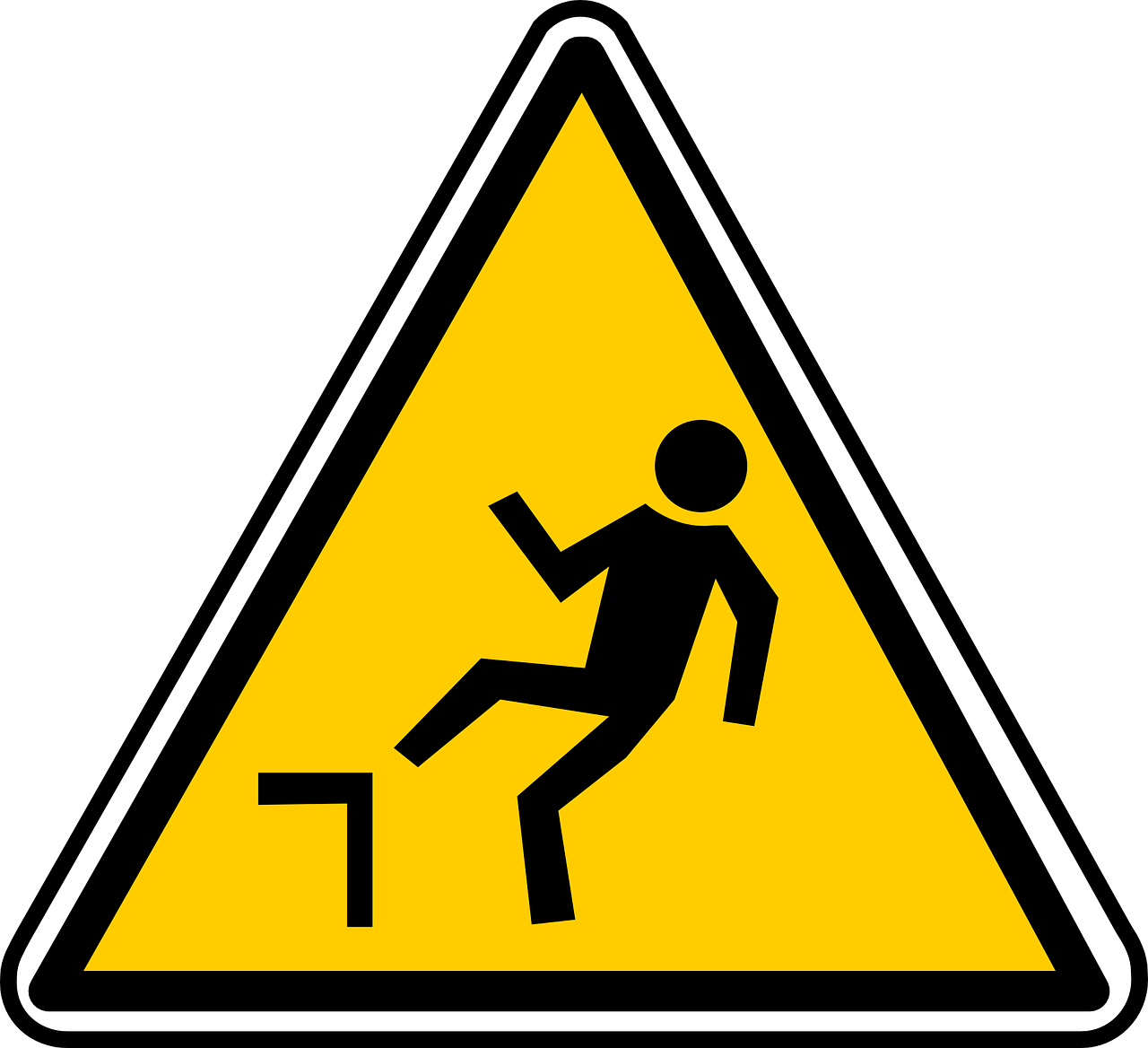6 Steps for an Effective Disaster Recovery Plan for Business

This is a topic no one wants to talk about--how to handle a business disaster.
No matter what the cause of the business disaster, having a plan in place can mitigate the damage to your business and your business reputation. If you don’t have one, you need to set aside the uncomfortable feelings and get things in order.
Years ago, I worked for a disaster recovery consulting firm. We instructed clients to keep backup “tapes” offsite. We told them how to recover from these tapes and a member of our staff physically carried our own backups offsite every night.
Things have changed a lot.
Cloud Storage and Redundancies
Thanks to the cloud, you no longer have to worry about backup tapes, discs, or anything like that. But you do still need to worry about backups. The exacts of what you need will depend on the amount of data you have and the complexity of restoration based on that data. But it suffices to say there are many options such as cloud storage or a redundant, backup server located in another part of the country. In another company I worked for, our main office was located in an area prone to hurricanes. We hadn’t had a direct hit to that city in a long time but it was always a possibility. So we had a backup network operations center (NOC) in Chicago. The likelihood of a natural disaster hitting both places at once was low.
Tip: Conduct regular audits and assess your risk of data loss periodically. As your business changes so do your backup needs.
Establish an Evacuation and Call-in Plan
Data is easy enough to restore if you have backups, people not so much. Make sure your operations (every site) has an evacuation plan and best practices. These include leaving the physical building as well as who makes decisions of when and where.
Emergency organizations will get involved when a state of emergency is declared and restrict employee access to things like roads, but it’s good to have a plan in place for issues that happen with little or no warning.
Establish a hotline number or some way your employees know whether to come in or not. Decide how you will handle weather-related closures and if you have any “essential personnel.” Running a hospital, after all, is very different than running a clothing boutique when it comes to staff requirements.
Tip: Designate an outside meeting place. You’ll need one near your location (in the case of fire) and one where you could reestablish business if your entire area was affected. Today, many people can work from home (assuming they have electricity). Address these abilities in your plan as well. In the case of a hurricane, some people may evacuate to other areas of the country and may be able to get you up and running sooner than if everyone stays in place.
Keep Emergency Contacts Updated
Most businesses ask employees to fill these out on their first day of work. But marriages and friendships end, family members pass away or move out of town. It’s important to have your employees update this information regularly.
Tip: emergency contacts aren’t just for notifying people when something terrible has happened at the job site. They also can be used to locate employees in a natural disaster that may have people unaccounted for or missing. If your business has shut down and everyone has scattered, employees may not know how to get ahold of you but with an emergency contact list, you can make sure they are safe by checking in with the people they are closest to.
Establish a Call-in Line
In the case of a natural disaster and electricity being out, having your employees call into the voicemail of a cell phone you can’t charge won’t do you much good. Establish a message line where they can leave information that you can access when you have a phone available.
If you chose to use your cell phone voicemail just make sure you check it regularly if the phone itself is not on to receive notifications.
Tip: This needn’t be anything fancy, just somewhere employees can leave a message about their location, condition, and abilities. Designate a person or people to retrieve messages and inform others. You can also do this through a Facebook group or wiki page, assuming employees have an Internet connection, which may not be the case.
Protect Your Paper and Proprietary Things
If your business has any paperwork or important resources that cannot be replaced (equipment doesn’t count, unless it is unique to your business), make arrangements for these things.
Tip: in your emergency plan stipulate options for planned emergency evacuation like in a hurricane and unplanned like tornado or fire.
Understand Your Insurance Coverage
One of the most (financially) heartbreaking parts of recovery is realizing the coverage you thought you had, doesn’t actually cover your disaster. Sure, there are things that aren’t covered like good ole “acts of God,” but there are also things people assume (incorrectly) are covered, like flood. Most policies do not cover you from flood damage unless you have a special flood addendum/policy. Look into it before Mother Nature is pounding at the door.
Tip: Review these policies periodically. If you have employees working from home with company equipment, you’ll want to know how that works too.
Remember, when designing your disaster recovery plan for your business, you needn’t (and shouldn’t) have the exact same recovery instructions for every situation. For instance, recovery from a location fire (just in your building, not your entire town) looks different than recovery for a Cat-4 hurricane where all of your employees evacuated and your building was destroyed. Customize scenarios to different possibilities. This is not the time to go with a one-size fits all because it “seems easier and less complicated.”
There are entire books written on the subject of disaster recovery and tens of thousands of dollars spent on consultants to tell businesses what to do to prepare. This is just a start of what you should be thinking about.
Another good source of information is your chamber of commerce. While it’s likely not positioned to help you make decisions about your backup location, the chamber staff can be an invaluable resource in reestablishing your business. Find out what they would do in the case of a natural disaster in your area. Often they are the voice of business with FEMA and help with letting the outside world know your town is ready for business again. Having a frank discussion with the chamber can help you draft your own plans.
Christina R. Green teaches small businesses, chambers, and associations how to connect through content. Her articles have appeared in the Midwest Society of Association Executives’ Magazine, NTEN.org, AssociationTech, and Writer’s Weekly. She is a regular blogger at Frankjkenny.com and the Event Manager Blog. She’s a bookish writer on a quest to bring great storytelling to organizations everywhere.

